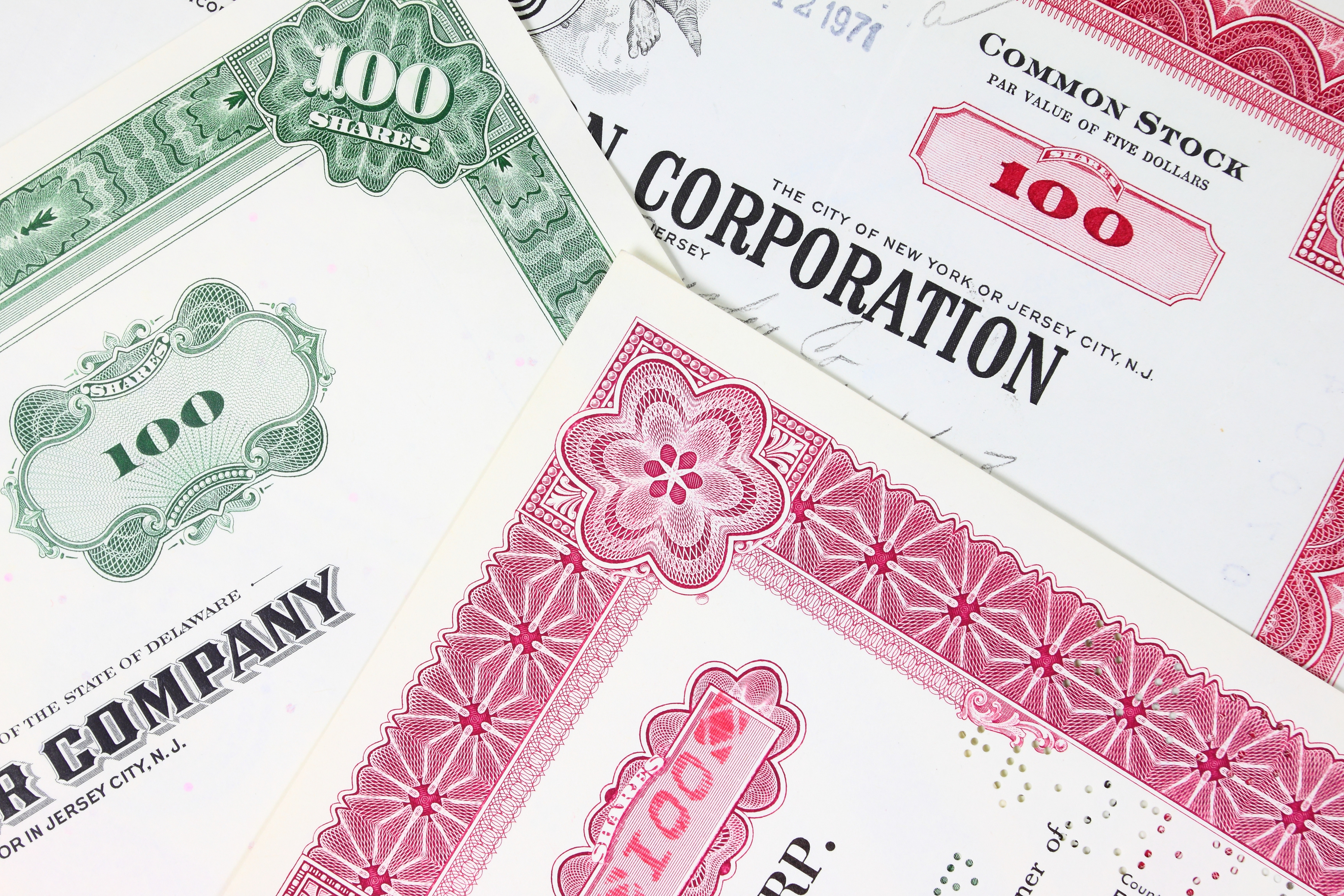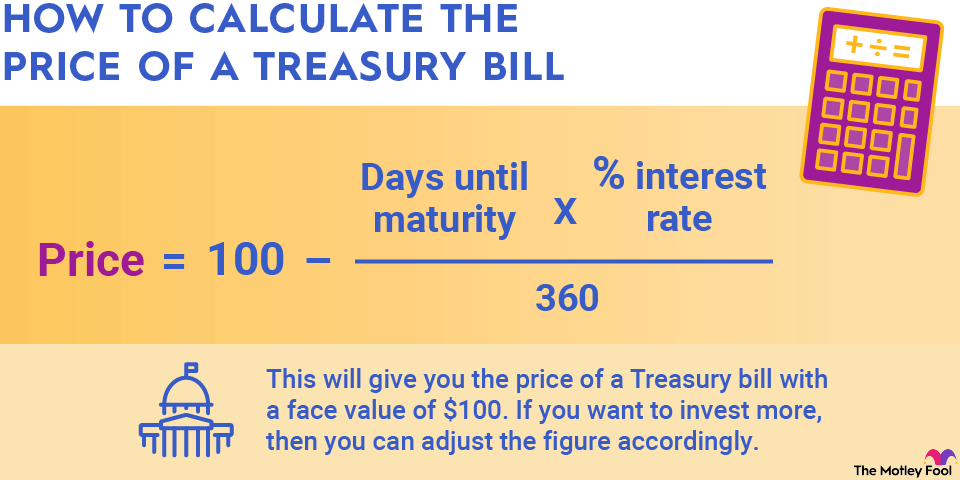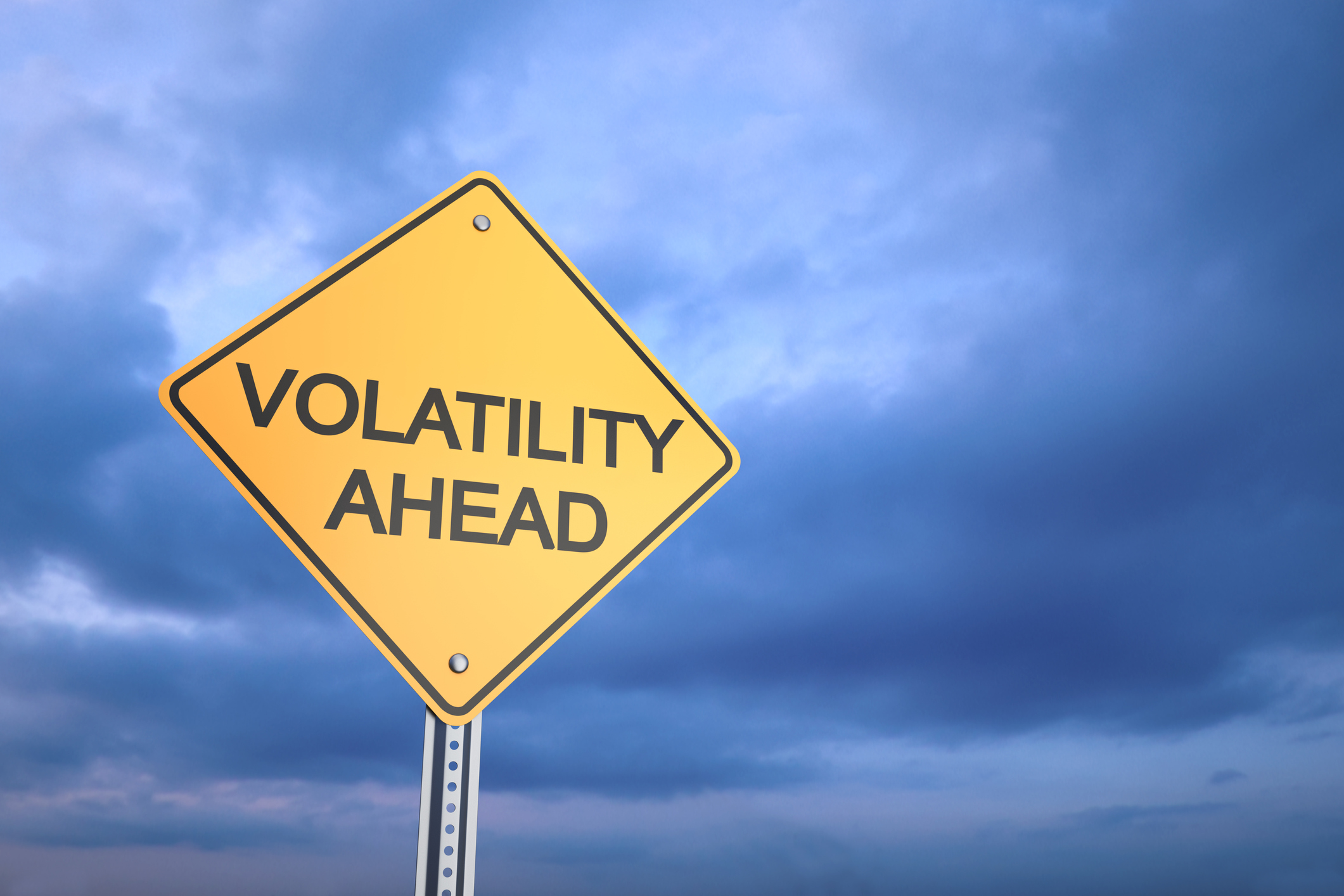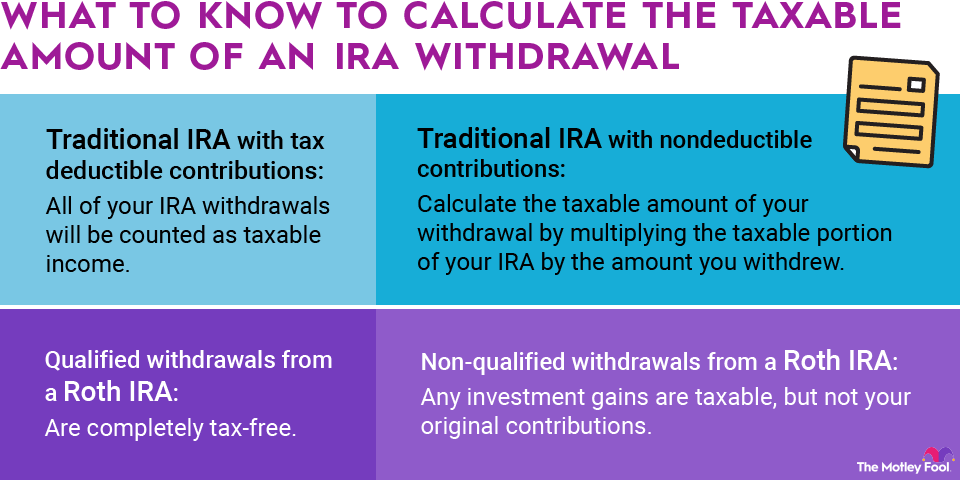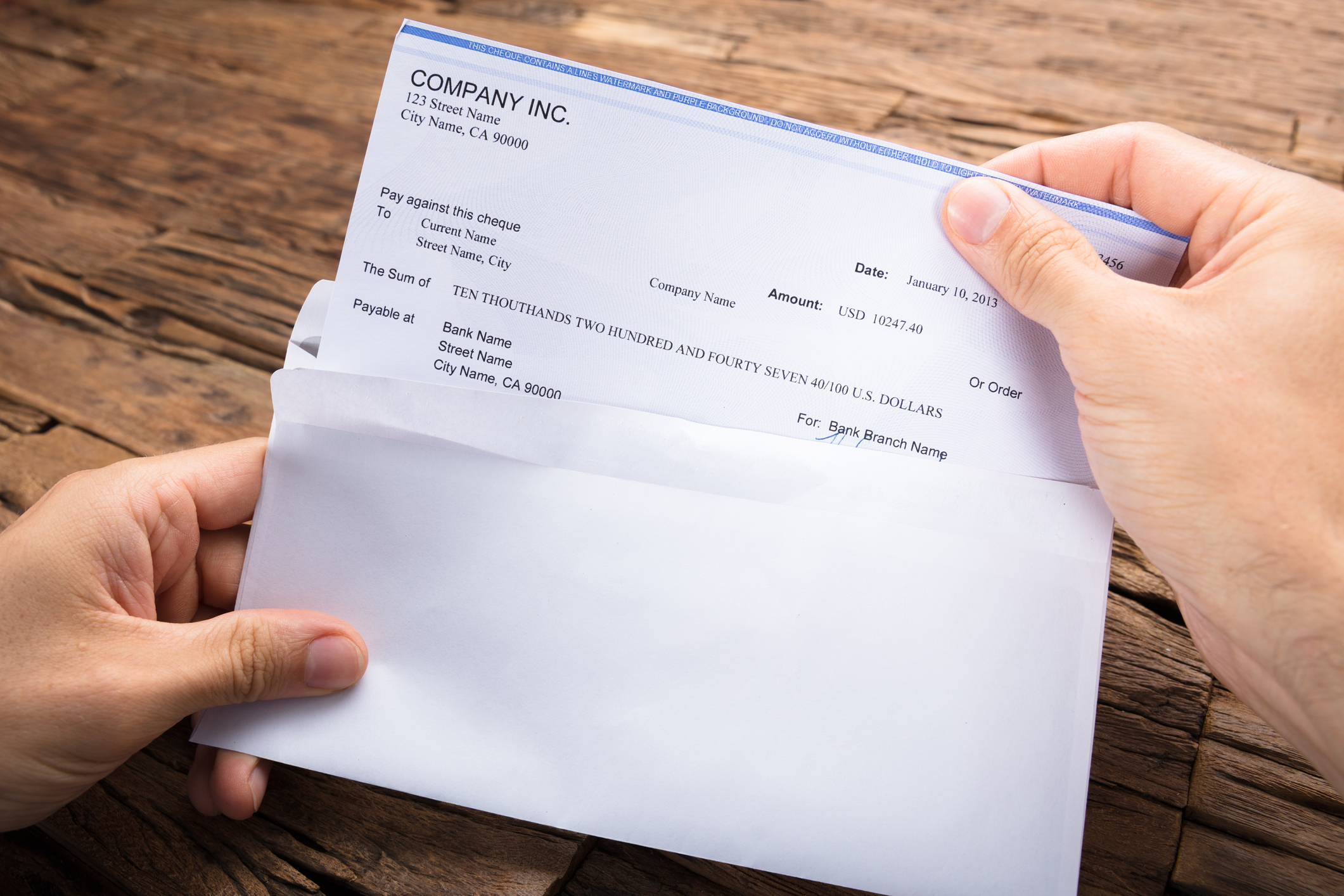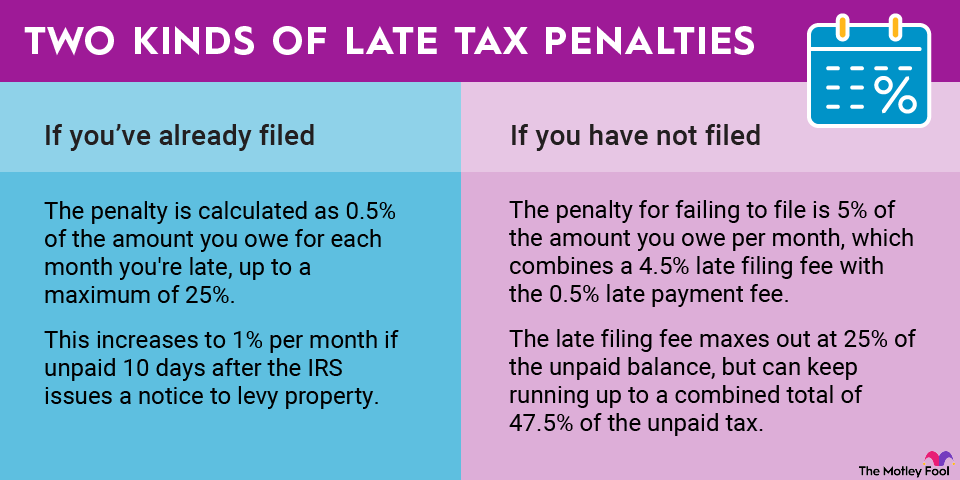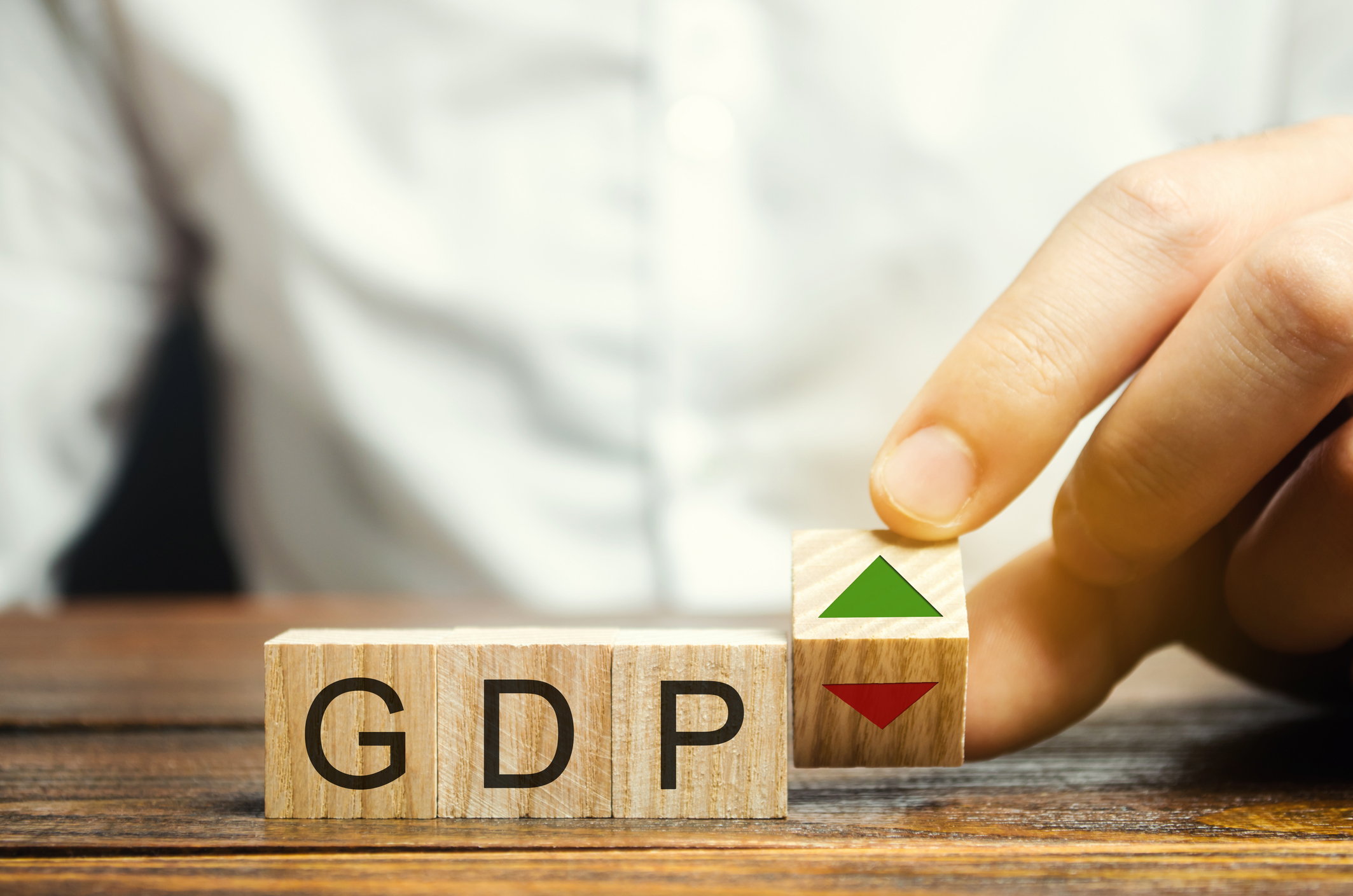The bond market can be hard for investors to understand, and one area that can get tricky is calculating how much in proceeds you'll receive when you sell a bond. Although quoted bond prices give you the starting point for what you'll get from a bond sale, there are other factors to keep in mind.

Proceeds from a bond at maturity
In some cases, the "sale" of the bond comes at maturity, when the company that issued the bond redeems it. That situation is relatively simple, as you'll receive proceeds that consist of two parts: the final interest payment and the maturity payment.
The final interest payment is calculated by taking the par value of the bond and multiplying it by the coupon rate stated on the bond, usually divided by two to reflect semi-annual payments. The maturity payment is typically the par value of the bond. So, on a bond with a par value of $1,000 and a coupon rate of 5%, you'll typically get $1,025 at maturity: $25 as your last semi-annual interest payment plus the $1,000 par value.
Proceeds from sales of bonds before maturity
When you sell a bond before maturity, things get more complicated. You'll still typically receive an interest component and a principal component. However, the interest will cover only whatever part of the period has gone by since the last regular interest payment, and the principal will reflect the price of the bond, which can differ greatly from its par value.
As an example, say you own the 5% bond described above. Its price has risen to $1,100 due to falling interest rates in the bond market, and exactly three months have gone by since its last semi-annual interest payment.
Related investing topics
In this case, when you sell the bond, you'll once again receive proceeds made up of two parts. The principal part will be equal to the current price of $1,100. The interest will be that portion of the $25 semi-annual interest payment that matches up to the period of time since the bond last paid interest. Since three months have gone by, the bondholder has accrued half of the semi-annual interest payment, and so the interest portion will be half of $25 or $12.50, making the total proceeds from the sale of the bond $1,112.50.
Calculations can get complex, but the things to remember are to look closely at the bond price and to take into account the length of time that has gone by since the bond's most recent interest payment. That will tell you what you need to know to calculate proceeds from a bond sale.




